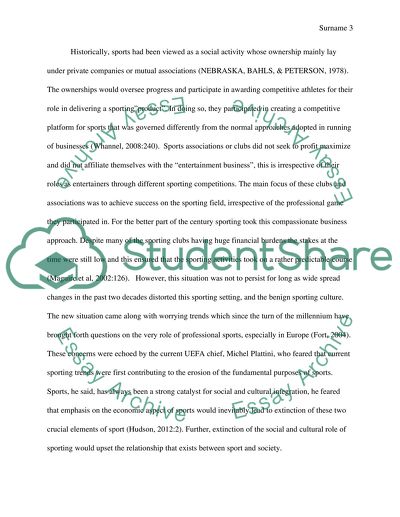Cite this document
(“Commercialisation of Sport Essay Example | Topics and Well Written Essays - 3500 words”, n.d.)
Retrieved from https://studentshare.org/law/1397664-commercialisation-of-sport
Retrieved from https://studentshare.org/law/1397664-commercialisation-of-sport
(Commercialisation of Sport Essay Example | Topics and Well Written Essays - 3500 Words)
https://studentshare.org/law/1397664-commercialisation-of-sport.
https://studentshare.org/law/1397664-commercialisation-of-sport.
“Commercialisation of Sport Essay Example | Topics and Well Written Essays - 3500 Words”, n.d. https://studentshare.org/law/1397664-commercialisation-of-sport.


